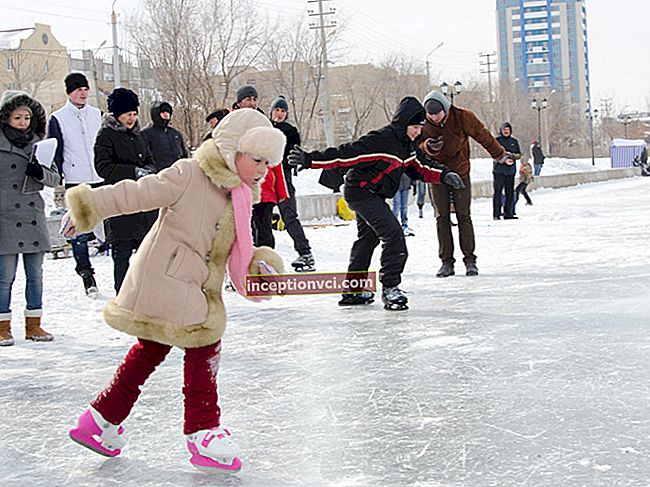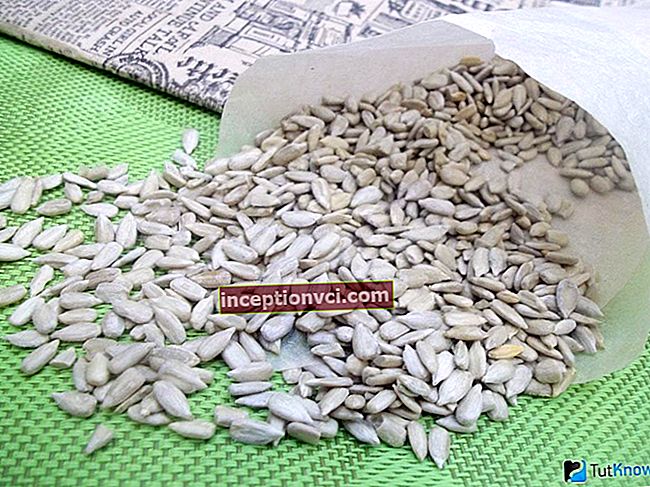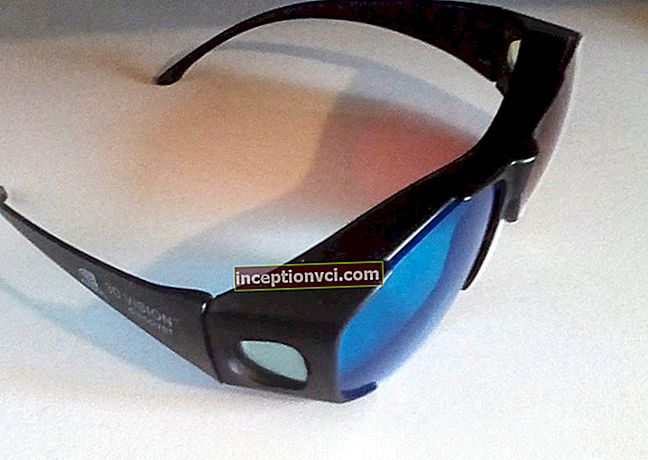SELECTION OF A VOBLER FOR ASH FISHING
Spring. April. The peak of the spring flood. At this time, the spawned asp comes to the very shore and begins to feed intensively, restoring strength. Closer to the shore, the water is already lighter and warms up better with the spring sun, there are many nimble top-waters here.
This is the best time to hunt asp with a wobbler. This fishing is so interesting that it looks a lot like hunting.
Favorite places of asp camps at this time are small whirlpools near the coast, reverse currents, half-bays near flooded steep banks, flooded bush, borders of fast and weak currents.
For spring asp hunting you will need a short, lightweight spinning rod with a small spinning reel. It is also important to have a good command of the spinning casting technique. Since fishing is most often done among flooded willow bushes and overhanging trees, using a rod longer than 2.14 m is extremely inconvenient. And distant casts are not needed - the fish is at the very shore. Quite often it is necessary to seduce with a wobbler and wide females of asp weighing up to 6 kg and more chased males up to 3 kg. More often, of course, fish weighing 1 ... 1.5 kg are caught. but, considering that in the hands of a light, almost weightless tackle, you get a lot of pleasure.
SELECTION OF EQUIPMENT
The quality of the rod should correspond to the weight of the used lures - 3-15 g. The fishing line is of high quality, only monofilament with a diameter of 0.22… 0.23 mm. preferably colorless or dull shades.
When choosing a reel, you need to take into account that it is better to fish with thin lines and fairly light baits, and the opponent is serious, therefore, quality comes first. It is worth paying attention to constructive solutions that provide good laying and line outreach, reliable friction brake, endless reverse brake, sensitivity, easy movement. In my opinion, reels manufactured by SHIMANO meet all these requirements.
The baits produced by the undisputed world leader, the Finnish company RAPALA and the two Japanese companies YO-ZURI and DUEL, are quite good.
Of course, such a large set of baits may not be needed, but if you purchase at least a dozen wobblers from this list of 3-4 colors with a different nature of the game, then you can well count on success in various weather conditions and with a capricious asp mood.
CHOOSING A PLACE FOR FISHING
Before starting fishing, you need to inspect the place, approaching the water as quietly as possible. Therefore, I do not recommend going fishing on asp with a noisy company, it is better to go alone or together with an experienced friend and leave the car at least a hundred meters from the place where you are going to fish. And the quieter you approach the water, the more chances you have of success.
The main thing that you need to determine is in what way the asp hunts today. At this time, the asp can hunt in three ways: from an ambush: sneaking up: in motion along the "route".
In the first case, the asp chooses a secluded spot somewhere near a flooded bush or at a depth difference near the coast and waits until a flock of breeders is nearby. Jumping out of an ambush, the asp attacks with a short throw, bursting into a flock of small things and making a sharp turn on the spot. With a turn, accompanied by a characteristic sound, a whirlpool-funnel is formed, where the gape of the fish falls. Asp grabs a fish that has lost its orientation and returns back to ambush.
In the second method of hunting, the predator does not wait for a flock of little things to appear nearby, but he himself sneaks up to the place where the breeches frolic. Then everything happens according to the same scenario.
While hunting along the route, the asp chooses a 10 ... 15 m long section along the coast and runs along it up and down the stream. Moving slowly at the bottom. The asp swims to the top point of the route, floats to the surface and begins to float downward, attacking the top of the boat with powerful blows of the tail.In one pass downstream the asp makes two or three strikes at intervals of 3 ... 5 m and disappears in the depths. Then everything is repeated.
Hunting an ambush asp is very exciting. Moving with all precautions along the river bank, you toss the bait to all the places of interest from the point of view of the asp. An asp standing in ambush may not show itself in any way, but he will never refuse a wobbler passing by.
The most interesting thing about this fishing is the surprise effect, as you never know where the attack will follow from. But this is only the first time. Having studied the place well, you will return to it again and again every spring and find new asps in the same ambushes. It's more like harvesting, but still very exciting and emotional.
Before hunting for asp, sneaking up on prey, you need to observe the river, determine the places where small fish accumulate and the places where the attacking asp exits. This usually occurs on coastal shoals bordering on pits. Asp suddenly jumps out of the dark depths onto the shallows and just as suddenly disappears. This is if the small change accumulates in the shallows. If a flock of fines accumulates at the surface of the water above the pit, the asp attacks from the bottom up, creeping up from the depths and floating to the surface with a characteristic splash.
CAPTURE OF ASH ON THE CHALK

Having determined the places of exits of the predator, we select a wobbler. If we are going to catch an asp attacking a school of fish aground, then the Jointed Floating, Original Floating and Team Esko wobblers are suitable here. and if there is an asp attacking on a pit - sinking wobblers Jointed Sinking, Count-down and L-minnow.
When fishing in shallow water, special care must be taken to approach the water as quietly as possible. It is necessary to go 10 ... 15 m upstream or downstream from the place of the asp fight. It will not be superfluous to hide behind a bush, tree or bank ledge. If there is nowhere to hide, then you need to squat down or kneel down. And this is not a game of "partisans" at all, but a necessary disguise.
There is a known case when a four-kilogram asp attacked the top of the water at the very feet with a frequency of 2 ... 3 minutes, while refusing the baits offered to him. But as soon as we move 10 m downstream and throw the bait, hiding, say, behind a willow bush, a powerful bite immediately follows.
CAPTURING ASH IN THE WIRING ON THE CURRENT

When it comes to wiring with the flow, here the wobblers Jointed Floating and Original Floating are out of competition, Team Esko wobblers and the noisy Husky Jerk and Aile Magnet work well against the flow.
Go upstream, throw the bait 3 ... 5m further than the predator's exit, close the bow of the reel line guide and start fishing at a medium pace. Asp will not keep you waiting, the attack usually follows after the first or second drive. If, nevertheless, the bite did not follow, then this means that the fish is alert. Try to quietly step back and go downstream. Change the wobbler to a different character of the game. In the end, the predatory nature will prevail over caution, and the asp will seize the bait.
CATCHING ASH IN THE PIT

If the asp comes out on the pit, then it is not at all necessary to wait for it to emerge behind the floating wobbler, put a sinking Jointed Sinking, L-minnow or Countdown, cast it upstream from the fish exit, let the wobbler drown and guide it through the depth. Asp is an excellent hunter not only near the surface, but also in the water column.
To catch a cruising asp, you need to track its route and frequency of exits. It is necessary to throw the bait so that the paths of the asp and the wobbler intersect at an acute angle, that is, so that the wobbler stays on the asp's combat move as long as possible.
The asp, which grabs the bait near the shore, creates a lot of noise and splashes. Large specimens can easily pull 10 ... 15m of line from the reel, but after that they get tired rather quickly. It is best to take the asp with your hand at the base of the head, pressing the gill covers, after it is completely tired and lies on its side. To do this, you need to go into the water knee-deep. After all, carrying a landing net through the bushes is very inconvenient.
SELECTING THE COLOR OF THE BAIT
There are many different opinions regarding the selection of the color of lures. Anglers try to take into account the temperature and transparency of the water, as well as the illumination of the reservoir.The approach to the selection of lures for catching different types of fish is different. But one of the most common selection methods is the method when the color of the wobblers is selected depending on the color of the sky: cloudy gray sky - gray wobbler SMU. SD; clear sky - bright shiny wobbler in SS silver colors. SSH. TSD. SB; at sunset, when the sky turns orange and red, ORB decoys work well. G. GRT. This color specification is for RAPALA lures.
CLASSIFICATION OF BAITS FOR CATCHING ASAP
The most successful lures for fishing | |||
Series | Model | Firm | Color |
Jointed floating Jointed Sinking Team Esko Original floating Countdown Husky jerk "Oh" Bug LX-minnow L-minnow Aile magnet | J07, J09 CDJ07 TE07 F07, F09 CD07 HJ08 F208 F345 F200 F655 | RAPALA RAPALA RAPALA RAPALA RAPALA RAPALA YO-ZURI YO-ZURI YO-ZURI DUEL | S, RT, GFR SSH, BRH, GFR SD, SS, GRT S, MU, GFR, RFSH S, MU, SSH TSD, SD, S, CGH W112, Will, WHO BS, GBL, SPBL M37, M92, Ml02 HAY, HGR |
FINALLY
Unfortunately, the spring asp is short-lived. Depending on the transience of spring, the height of the flood and the number of asp population in one place or another, it lasts from 5 to 15 days. Depending on the meteorological conditions, the zhor can start from mid-April to the first ten days of May. If you find yourself at this time on a pond and get to the peak of asp activity, you will never forget it.









